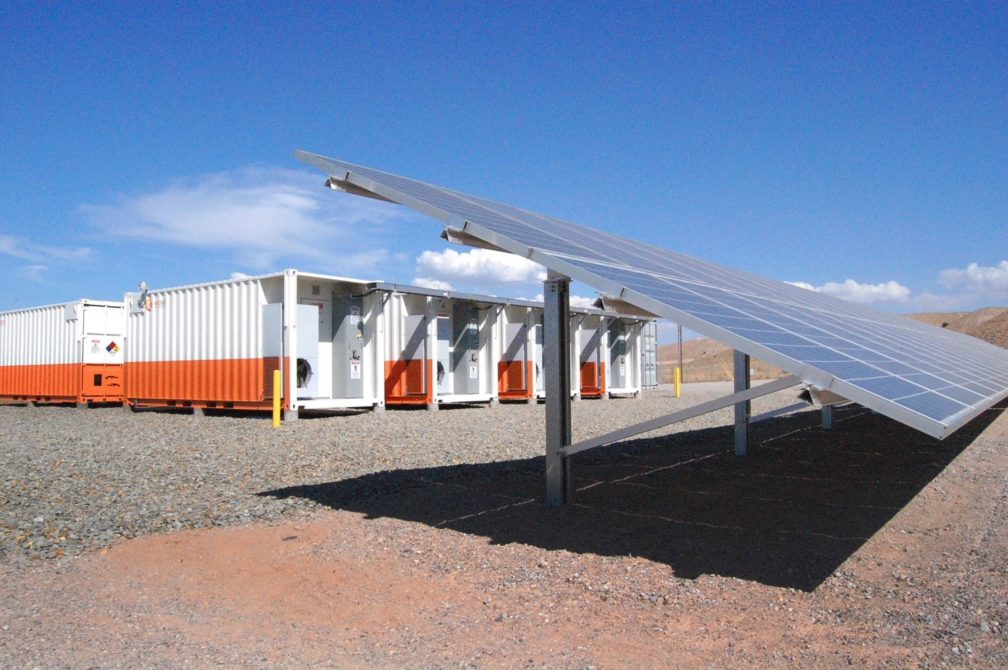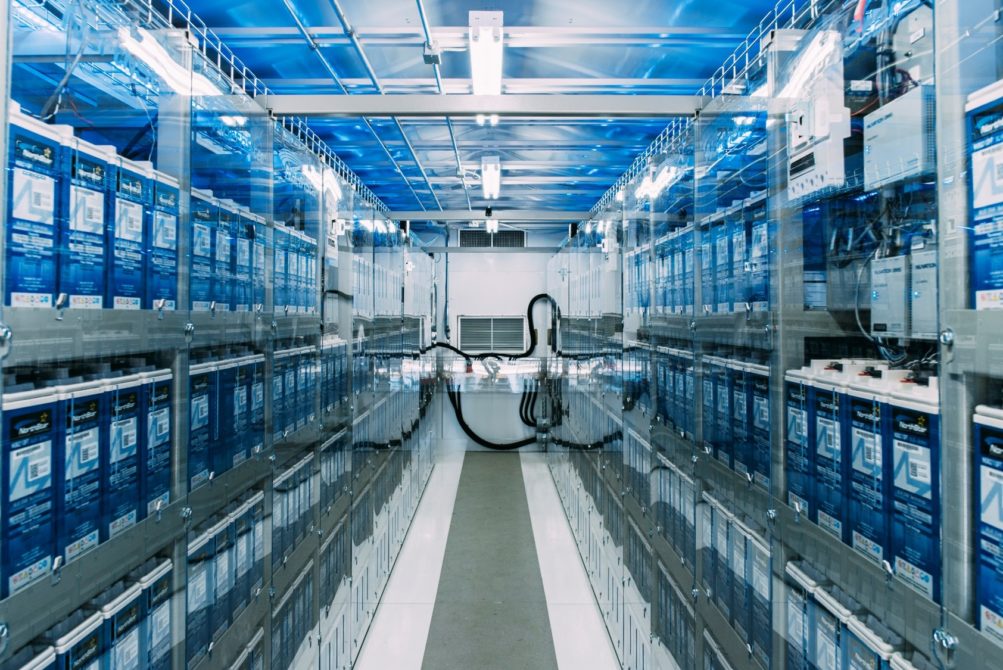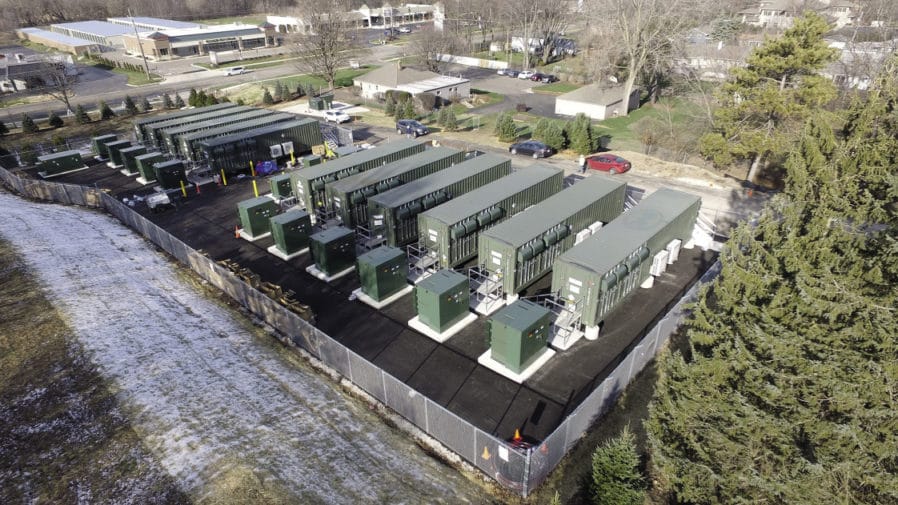By Dr. Alistair Davidson, director, Consortium for Battery Innovation
In the US and globally, the increasing demand for clean, renewable sources of energy is fuelling the need for batteries. Energy storage systems (ESS) are powering this global clean energy transition, many of which feature batteries as an integral part.
The US energy storage industry broke national records for deployments in 2018. But 2019 and 2020 will continue this ground-breaking trend, with an expected doubling and tripling in US deployment of energy storage projects respectively. By the end of this year, global solar power capacity alone will have risen to more than 26 times the 2009 level – this works out as enough electricity to power 100 million homes in the US annually.

The importance of batteries in powering this growth is reflected by Bloomberg NEF’s estimates of global investments in batteries amounting to $843 billion by 2050. Market analysts Avicenne have predicted more than double the growth of batteries needed for energy storage applications between 2015 and 2025 – from 100,000 MWh to over 400,000 MWh.
And as the electric vehicle revolution continues apace, with 120 million EVs on the road by 2030 in the US, the EU and China, the role of batteries will be ever-more important.
And not just lithium batteries. Demand is set to be so substantial that one battery technology alone cannot be expected to meet it. Lithium technology will of course be a central player, and advanced lead batteries are the only other technology available on a mass-market scale that meet the technical requirements for automotive and energy storage applications.
As societies across the world rush to meet emissions targets, advanced lead batteries, a proven, reliable and safe technology, will play an essential role. A leader in sustainability and circular economy, lead batteries have a collection and recycling rate of 99% in the US and Europe.
As a Consortium, made up of global battery manufacturers, lead producers, suppliers and world-leading universities and testing institutes, we have produced a technical innovation roadmap. Based on extensive and global market analysis, with co-operation with end-users, our roadmap aims to deliver the next generation of lead batteries through research and innovation.
For energy storage applications, we have identified an increase in cycle life to 5,000 cycles by 2022 as a key performance improvement area. Cycle life is vital for ESS as it allows a battery to continue working through numerous cycles when not fully discharged, especially for renewable energy sources such as solar that can be intermittent – the sun isn’t always shining. Setting a 5 times performance improvement goal will ensure lead batteries continue to seize opportunities to provide reliable, safe and cost-effective energy storage.

Virtually every car, from start-stop and hybrids to full electric, contain a lead battery. Improving dynamic charge acceptance (DCA) by 5 times by 2022 to 2 Amps/Ah will maximize the performance of advanced lead batteries in the ever-increasing number of vehicles powering the electric vehicle revolution.
And as global connectivity joins clean energy and clean mobility in ushering in a brighter future, the dawn of 5G will see lead batteries playing a central role for UPS and telecoms in supporting new mobile networks and infrastructures.
The Consortium believes the potential of lead battery technology has not yet been fully exploited, and our industry will continue to advance and innovative to ensure ambitious carbon reduction goals are accomplished.

The views and opinions expressed in this article are the author’s own, and do not necessarily reflect those held by pv magazine.
This content is protected by copyright and may not be reused. If you want to cooperate with us and would like to reuse some of our content, please contact: editors@pv-magazine.com.








By submitting this form you agree to pv magazine using your data for the purposes of publishing your comment.
Your personal data will only be disclosed or otherwise transmitted to third parties for the purposes of spam filtering or if this is necessary for technical maintenance of the website. Any other transfer to third parties will not take place unless this is justified on the basis of applicable data protection regulations or if pv magazine is legally obliged to do so.
You may revoke this consent at any time with effect for the future, in which case your personal data will be deleted immediately. Otherwise, your data will be deleted if pv magazine has processed your request or the purpose of data storage is fulfilled.
Further information on data privacy can be found in our Data Protection Policy.